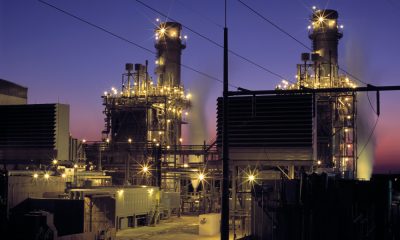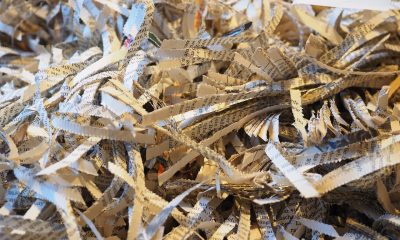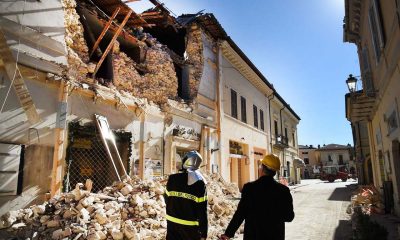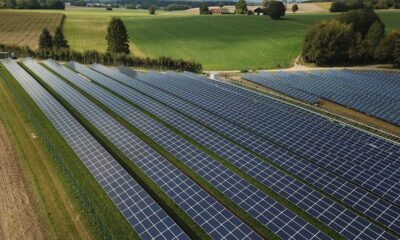Featured
Intesa Sanpaolo Gives a 4M Green Loan with Sace Guarantee to Gap’s Steel Equipment
For Intesa Sanpaolo, it is the second green loan in the steel sector in a few days, although the amount almost disappears compared to the billion euros disbursed last week to the Marcegaglia Group in a consortium with a large group of Italian and foreign banks. However, the jumbo loan is mainly aimed at refinancing existing debt and acquisitions.
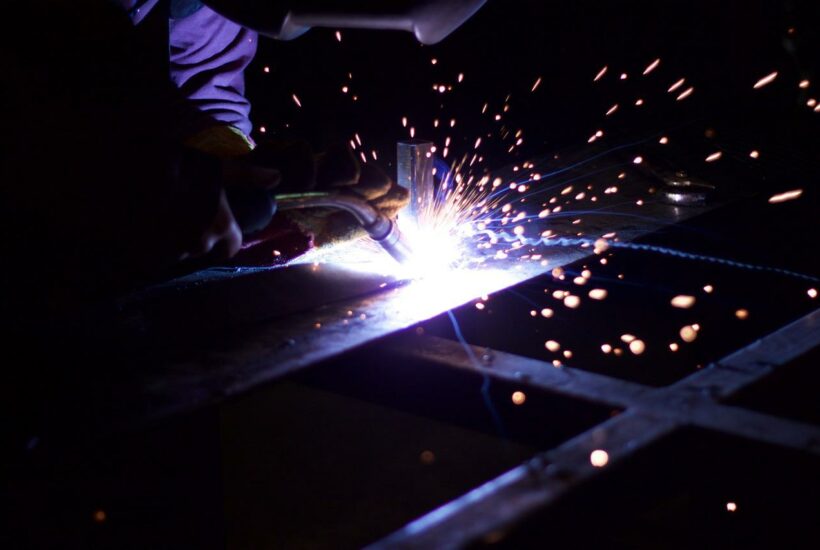
GAP spa, a Bergamo-based company with major operations in Brescia and specializing in the handling of materials and scrap in domestic and foreign steel companies, has obtained a $4.3 million (€4 million) green loan from Intesa Sanpaolo, aimed at replacing industrial loaders with machinery equipped with new zero-emission powertrains in the direction of progressive electrification of the entire machinery fleet.
Intesa Sanpaolo’s overall intervention is part of the bank’s broader plan to support corporate investments in environmental transition and goals related to the National Recovery and Resilience Plan (NRP). Drawing on the new $8.55 billion (€8 billion) Circular Economy ceiling established by Intesa Sanpaolo for this purpose, the financing was assisted by SACE’s Green Guarantee.
GAP is a leading company on the Italian and international industrial scene, owned by the Piantoni family. Founded 70 years ago as a family-run company with a strong presence in the Valle Camonica area where, by tradition, production realities need transport and handling services with special vehicles, over the years it has taken root throughout the central north. At the moment, it can count on a registered office in Sovere (Bergamo) and an operational one in Brescia.
Read more on the subject and find the latest financial news in the world with the Born2Invest mobile app.
With more than 400 employees, the company’s business goal is to become a single, comprehensive contact for steel companies
After the first analysis and design phase, in 2017 GAP began the conversion of a first thermal loader to 100% electric, which is currently operating successfully in a leading Italian steel mill aiming over time at the full application of circular economy principles. In the coming months, the first electric loader will be joined by two more that are part of the company’s investments for 2021.
Eligio Piantoni, CEO of the Group, commented, “GAP has always paid great attention to a virtuous impact on the environment of the activities provided to customers. In this regard, Gap in 2013 launched the EHRON project, aimed at the gradual introduction of 0-emission industrial vehicles. Subsequent developments will be devoted to the application of the “EHRON kit” powertrain system on different vehicles, and, currently, the hybridization of the EHRON kit from electric to electric-hydrogen is also being planned.”
Intesa Sanpaolo has recently developed the Sustainability Loan for SMEs, an innovative medium- to -long-term loan that accompanies companies’ efforts in the direction of greater sustainability from an environmental, social, and governance standpoint and rewards their virtuous behavior: in fact, the Bank recognizes a rate reduction for each year in which ESG improvement goals are achieved, based on shared performance indicators monitored as part of the notes to the company’s financial statements.
Between now and 2026, Intesa plans medium- to long-term disbursements of more than $440 billion (€410 billion), of which $128.8 billion (€120 billion) are earmarked for SMEs, with which to actively contribute to the country’s economic recovery in close correlation with the objectives of the PNRR approved by the European Commission.
For Intesa Sanpaolo, it is the second green loan in the steel sector in a few days, although the amount almost disappears compared to the billion euros disbursed last week to the Marcegaglia Group in a consortium with a large group of Italian and foreign banks. However, the jumbo loan is mainly aimed at refinancing existing debt and acquisitions.
Among Intesa’s latest green loans, similarly a few days ago was the $16 million (€15 million) 5-year loan for Came Group, a Treviso-based company specializing in automation for security and room control, aimed at achieving specific targets related to sustainability with a particular focus on significantly reducing energy consumption and polluting emissions (see other BeBeez article). At the end of April, Intesa had disbursed a $10.7 million (€10-million) loan with a SACE guarantee to Comat Servizi Energetici, a Turin-based company in which Fondo Italiano per l’Efficienza Energetica Sgr and Comat Spa have a stake. The loan is aimed at advancing energy upgrading projects in managed buildings with the installation of thermal coats and heat pumps. More specifically, Intesa Sanpaolo’s Sustainability Loan provides a discount on the rate charged as the company achieves a series of ESG goals.
Also in April, Intesa allocated another ESG loan to car rental company Sicily by Car, this time for $16 million (€15 million), again with a green guarantee from SACE. Earlier, in mid-March, the bank had granted together with other lenders a $49.4 million (€46 million) loan to UBS Asset Management to refinance a portfolio of Italian plants engaged in clean energy generation. The portfolio is part of UBS AM’s Infrastructure Equity Strategy segment. The refinancing also provided funds to refinance a mixed portfolio consisting of 13 photovoltaic plants, totaling 14MW, and four 4MW biogas plants. In January, Italy’s top banking group had instead supported Lucart, a company heading the Lucchese group of the same name that owns the Tenderly toilet paper and Tutto household paper brands, with a $10.7 million (€10 million) loan backed by SACE’s Green Guarantee to support the group’s growth and development plan from an ESG and circular economy perspective.
__
(Featured image by tattybadger via Pixabay)
DISCLAIMER: This article was written by a third party contributor and does not reflect the opinion of Born2Invest, its management, staff or its associates. Please review our disclaimer for more information.
This article may include forward-looking statements. These forward-looking statements generally are identified by the words “believe,” “project,” “estimate,” “become,” “plan,” “will,” and similar expressions. These forward-looking statements involve known and unknown risks as well as uncertainties, including those discussed in the following cautionary statements and elsewhere in this article and on this site. Although the Company may believe that its expectations are based on reasonable assumptions, the actual results that the Company may achieve may differ materially from any forward-looking statements, which reflect the opinions of the management of the Company only as of the date hereof. Additionally, please make sure to read these important disclosures.
First published in Be Beez, a third-party contributor translated and adapted the article from the original. In case of discrepancy, the original will prevail.
Although we made reasonable efforts to provide accurate translations, some parts may be incorrect. Born2Invest assumes no responsibility for errors, omissions or ambiguities in the translations provided on this website. Any person or entity relying on translated content does so at their own risk. Born2Invest is not responsible for losses caused by such reliance on the accuracy or reliability of translated information. If you wish to report an error or inaccuracy in the translation, we encourage you to contact us.

-

 Biotech1 week ago
Biotech1 week agoVytrus Biotech Increases Its Sales by 32% in the First Quarter of 2024
-
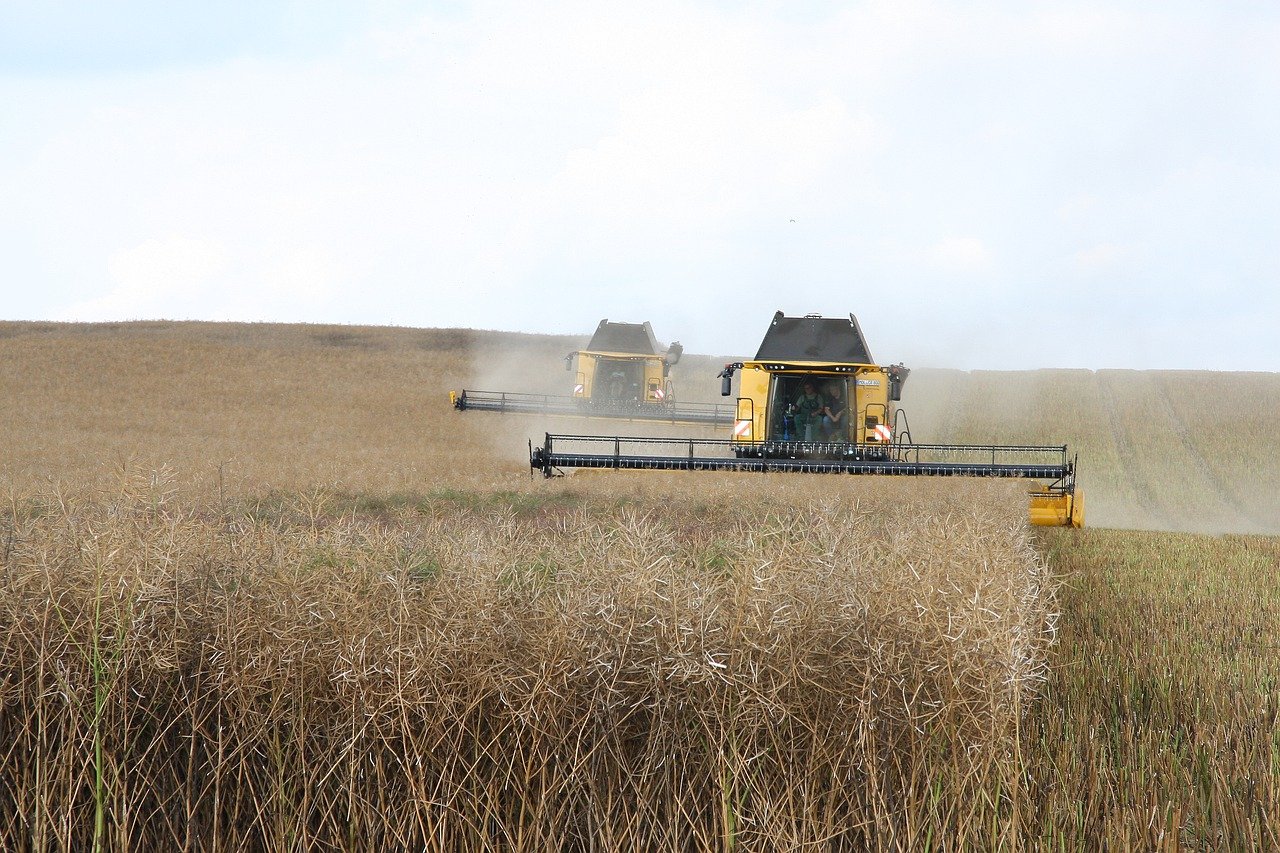
 Africa2 weeks ago
Africa2 weeks agoBobo-Dioulasso: Saphyto Opens its Doors to Agricultural Technicians
-

 Crypto4 days ago
Crypto4 days agoSolana Rolls Out First Update to Address the Problem of Failed Transactions
-

 Crowdfunding1 week ago
Crowdfunding1 week agoCrowdfunding to Support the Grande Teatro di Lido Adriano Was Launched


